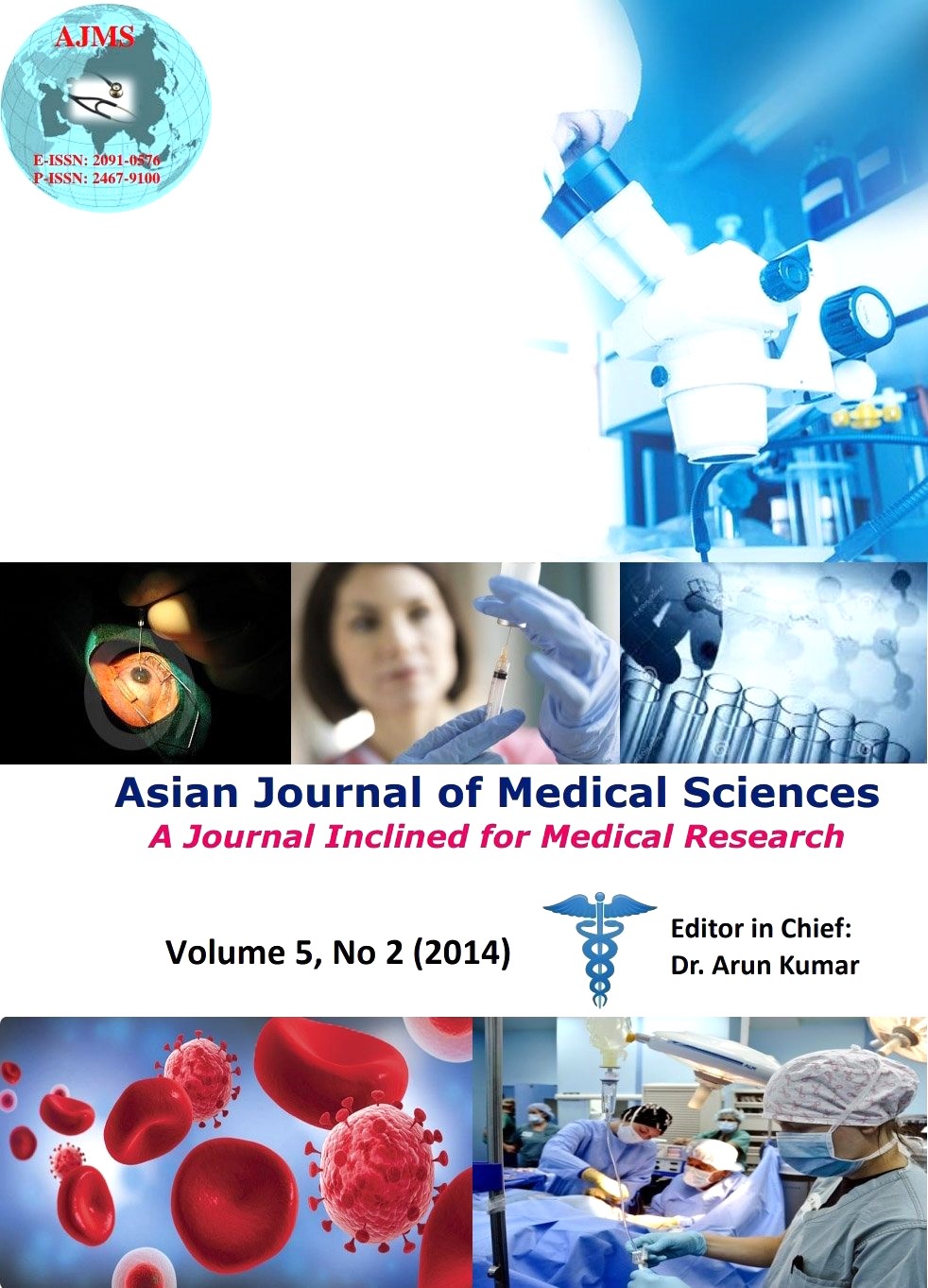Subnasio-Sella Distance for Transnasal Approach to the Sella Region: Indirect vs. Direct Measurement on Sagittal Section of the Skull in Nigerians
Keywords:
Anterior nasal spine, transsphenoidal, pituitary surgery, endoscopic, sella, transnasalAbstract
Objectives: The incidence of pituitary pathology requiring surgery is on the increase. The transnasal approach to anterior skull base is a technique which demands a thorough knowledge of the surgical anatomy. There is a dearth of knowledge on reference values for transnasal surgery on subjects of African descent. Thus the aim of this study is to ultimately improve visualisation of the surgical corridor, minimize surgical risks and improved maneuverability of surgical instruments during transnasal microsurgery (ergonomics).
Methods & Materials: A total of 11 cadavers of Nigerian descent were employed in this study. Using the 3 piece caliper set (Big Horn Corporation®,India), an indirect measurement of the Subnasio-sella distance was obtained. Subsequently, a direct measurement was obtained from sagittal sections of the same skulls.
Result: All randomly selected cadavers employed in the study were adult males of Sub-saharan descent. The mean indirect (distance from the anterior nasal spine i.e. subnasal point to the sella floor in an intact skull), direct A (subnasio-sella distance in a sagitally transected skull) and sella thickness measurements were found to be 8.6cm ± 0.38 cm, 8.7 cm ± 0.37 cm and 0.2 cm±0.05 cm respectively ,at 95% confidence interval. Comparison of the indirect and the direct A measurements showed statistical significance (p<0.5). A semi-logarithmic equation was derived: Direct A= 8.297 ln(Indirect measurement) – 9.079
Conclusion: Since transnasal transsphenoidal approach has been successfully used in the treatment of various anterior skull base pathologies, applying a relationship equation would guide choice of instruments employed and immensely minimize associated operative risks.
DOI: http://dx.doi.org/10.3126/ajms.v5i2.8453
Asian Journal of Medical Science, Volume-5(2) 2014: 120-129
Downloads
Downloads
Additional Files
Published
How to Cite
Issue
Section
License
Authors who publish with this journal agree to the following terms:
- The journal holds copyright and publishes the work under a Creative Commons CC-BY-NC license that permits use, distribution and reprduction in any medium, provided the original work is properly cited and is not used for commercial purposes. The journal should be recognised as the original publisher of this work.
- Authors are able to enter into separate, additional contractual arrangements for the non-exclusive distribution of the journal's published version of the work (e.g., post it to an institutional repository or publish it in a book), with an acknowledgement of its initial publication in this journal.
- Authors are permitted and encouraged to post their work online (e.g., in institutional repositories or on their website) prior to and during the submission process, as it can lead to productive exchanges, as well as earlier and greater citation of published work (See The Effect of Open Access).




